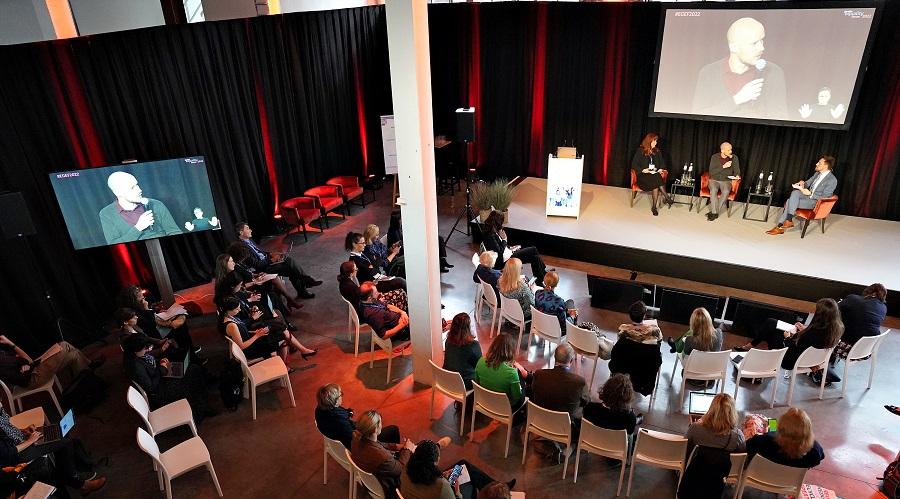
Today the Chair of the Gender Equality Forum 2022, Carlien Scheele, presents her Chair Statement. This document paves a path towards EIGE’s and the wider gender equality community's future challenges.
Based on the wealth of knowledge exchange and experience sharing at EIGE’s first ever Gender Equality forum in October this year, the Chair Statement covers EIGE's and the wider gender equality community's commitments to address essential topics related to gender equality.
From how crisis and gender-based violence meet, to the twin challenges of the green and digital transition and the ongoing need for desegregated data addressing intersecting inequalities, we are taking #3stepsforward by rooting EIGE’s work on issues that matter right now.